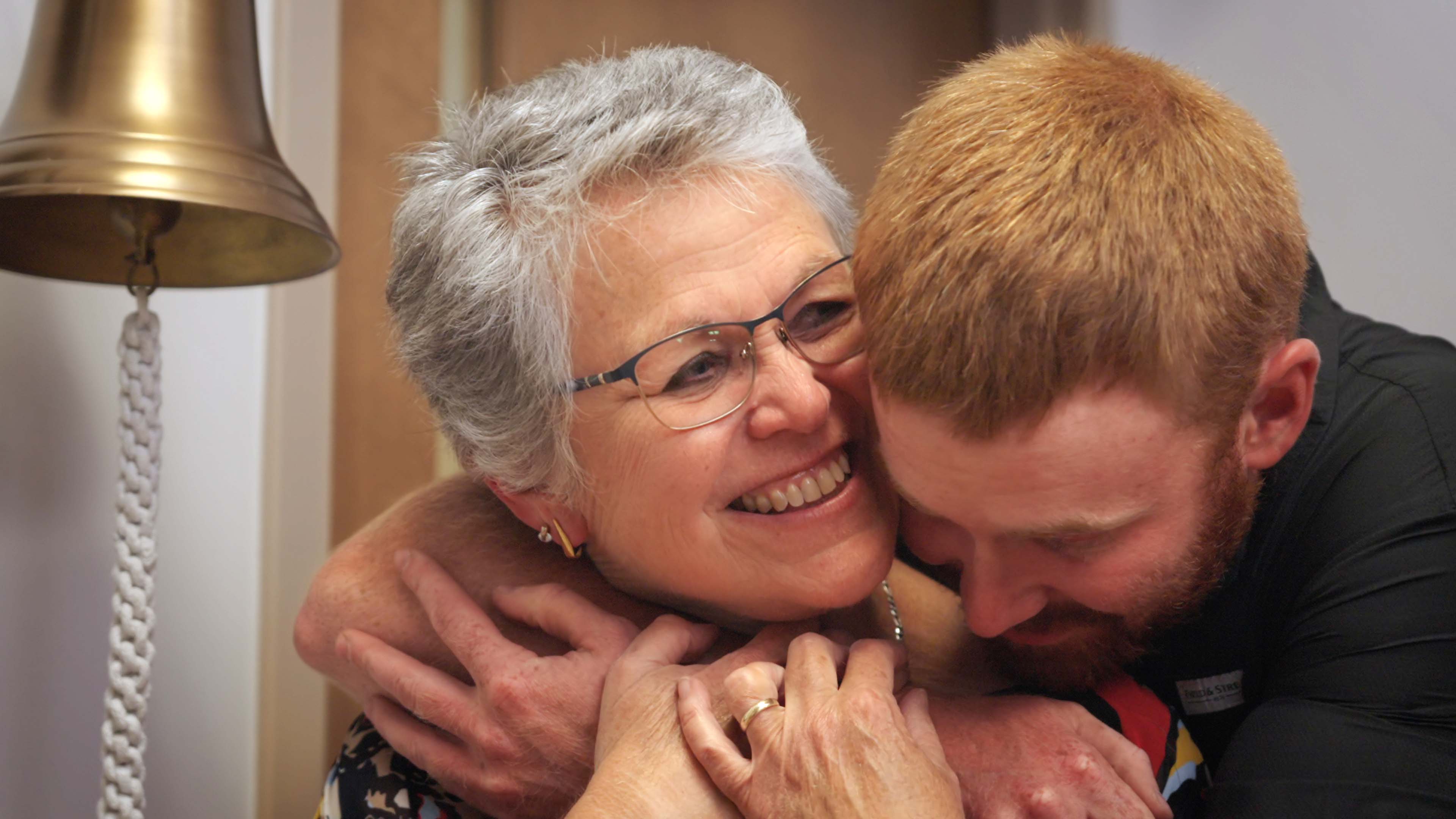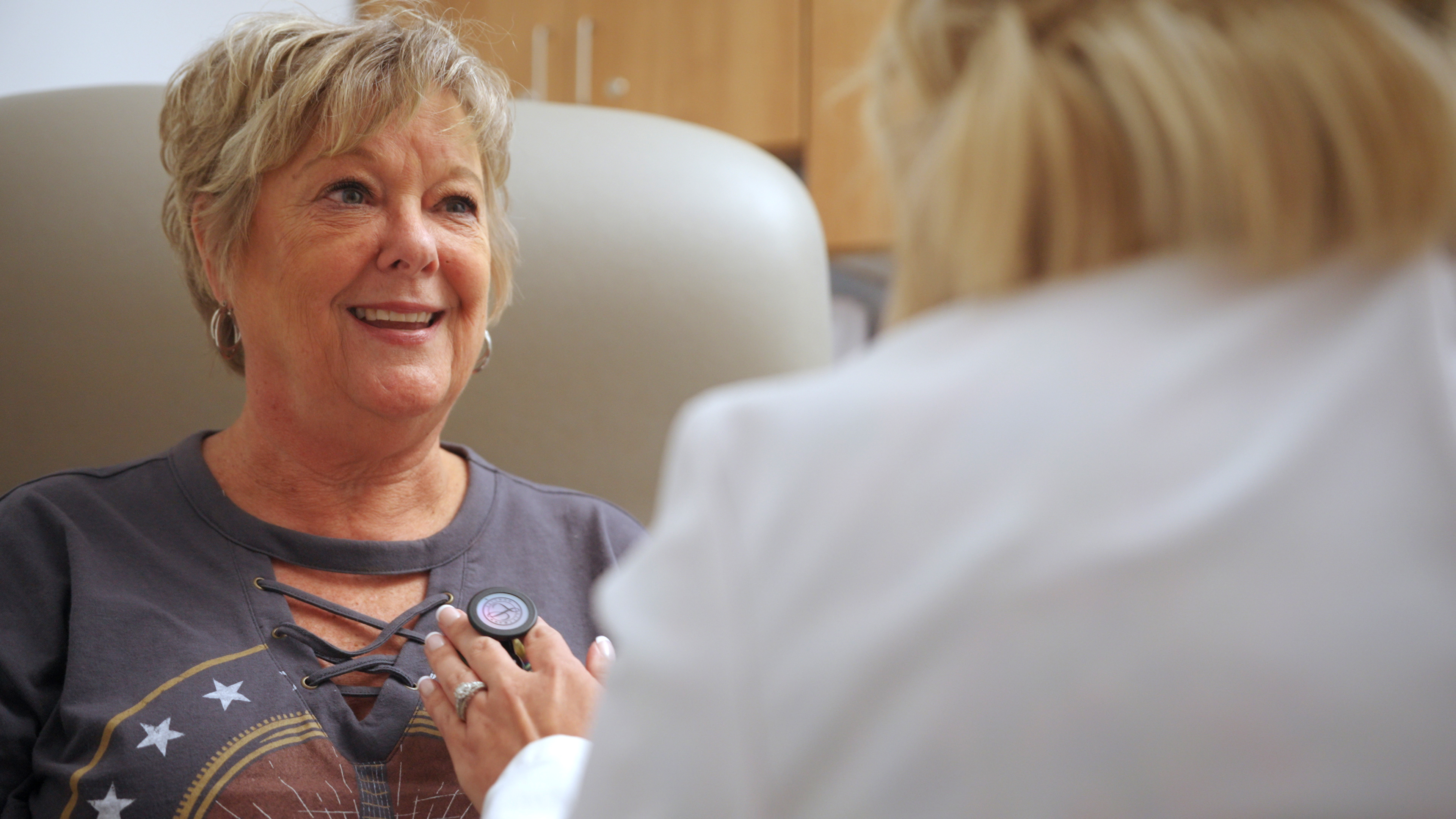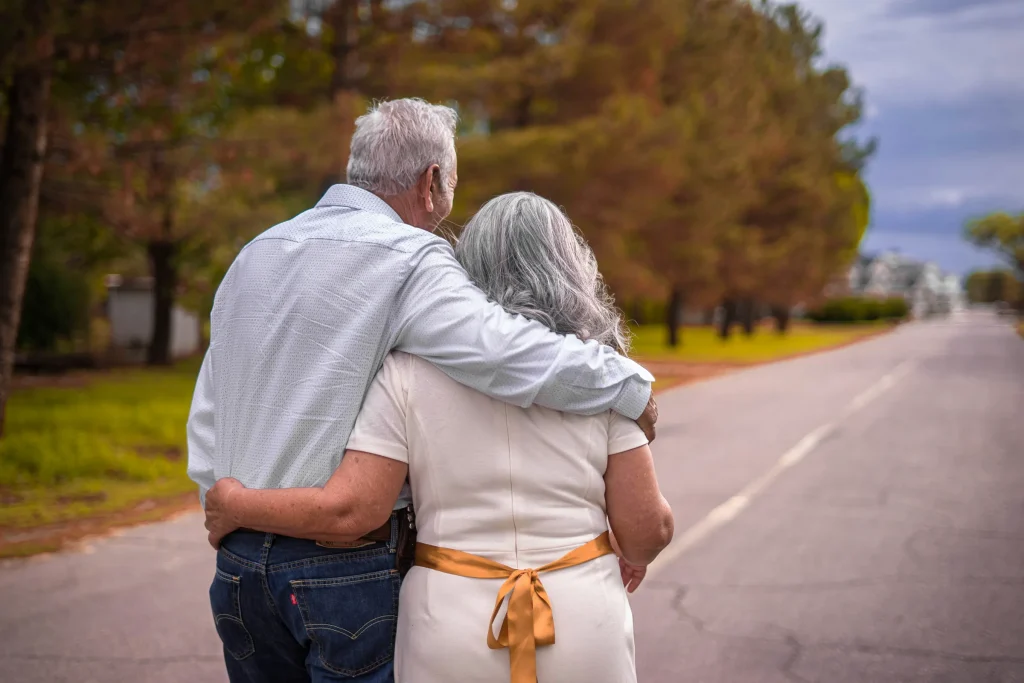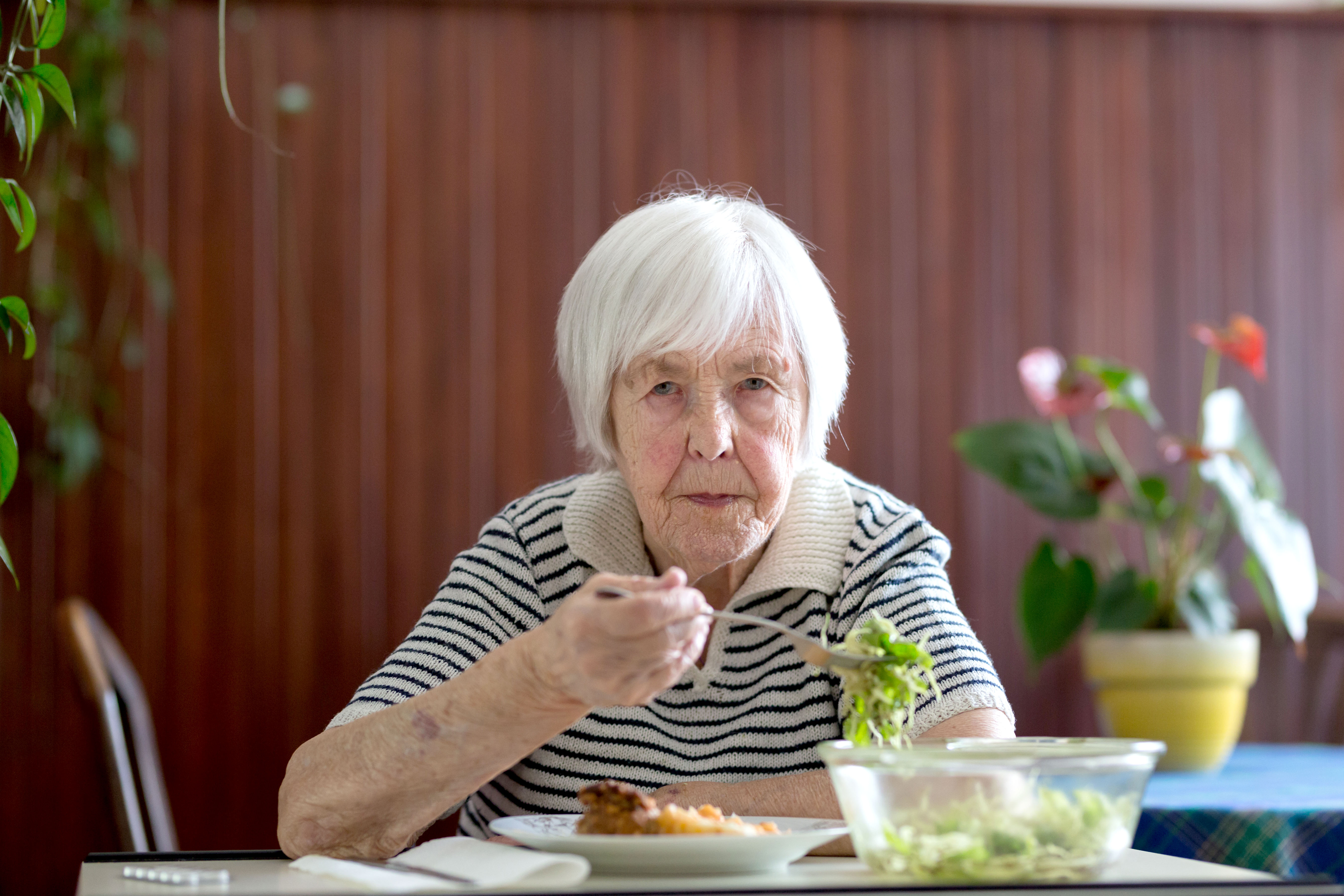Leukemia
Cancer happens when cells in the body change. They grow out of control and don’t work the way they should. Cancer that starts in blood cells is called leukemia.
Understanding the blood
Blood is made up of cells and fluid. The body is always making new blood cells to keep the blood healthy. New blood cells are made in the bone marrow. This is the spongy, thick liquid that’s inside bones. The major types of blood cells are:
- White blood cells help the body fight infections and disease.
- Red blood cells carry oxygen from the lungs to all parts of the body. They also carry carbon dioxide back to the lungs.
- Platelets help form blood clots and stop bleeding.
When leukemia forms
Leukemia is a cancer that most often starts in the white blood cells. When leukemia happens, the body makes a lot of white blood cells that don’t work the way they should. Or the body makes too many immature white blood cells (blasts) that don’t grow (mature) into normal, working white blood cells. In either case, more abnormal cells than normal white blood cells are made. Over time, this clogs up the bone marrow. Then it can’t make enough normal, healthy blood cells.
There are different cells leukemia starts in and how it grows:
- Acute or chronic. Acute leukemia grows very quickly. Chronic leukemia tends to be slow growing, but it may get worse over time.
- Myeloid (myelocytic) or lymphoid (lymphocytic). These refer to the subtype of white blood cell that the cancer starts in.
For more information on this topic, visit our Health Library.









